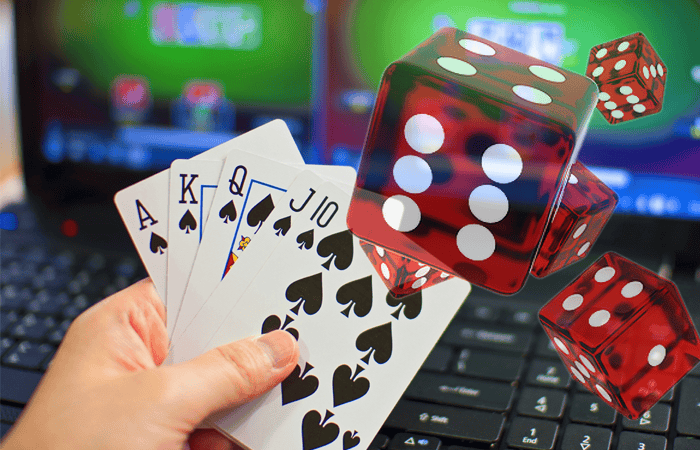Slot machines are more than colorful reels and flashing lights; they are sophisticated psychological tools designed to capture attention, maintain engagement, and maximize playtime. Central to their effectiveness is the strategic use of auditory and visual reinforcements, carefully calibrated to influence casino en ligne France players’ dopamine responses. Understanding how these sensory cues work sheds light on the science behind slot machine design and the powerful grip they can have on human behavior.
The Role of Dopamine in Gambling
Dopamine is a neurotransmitter associated with pleasure, reward, and motivation. When activated, it reinforces behaviors that the brain perceives as beneficial or exciting. In gambling, dopamine release is triggered not only by wins but also by near-misses, anticipation, and even the act of playing itself. Slot machine designers exploit this neurochemical response to encourage repeated play.
Auditory Reinforcements: The Sound of Reward
Slot machines employ a range of carefully calibrated sounds to enhance the player experience:
-
Winning Chimes and Bells: Distinctive audio cues signal small or large wins, creating an immediate sense of gratification. Even minor wins trigger dopamine release, reinforcing the behavior of playing.
-
Near-Miss Tones: Sounds that mimic the experience of nearly winning exploit the brain’s reward circuitry, providing a sense of almost-success that encourages continued play.
-
Rhythmic Feedback: The timing and pattern of sounds are designed to sustain engagement, creating an audio rhythm that keeps players attentive and emotionally invested.
These sounds are not random; they are scientifically tested to maximize excitement and retention, producing a subtle but potent psychological pull.
Visual Reinforcements: Lights, Colors, and Motion
Visual cues work in tandem with auditory signals to stimulate the brain’s reward pathways:
-
Flashing Lights and Color Contrast: Bright, dynamic visuals attract attention and enhance arousal, increasing the player’s emotional response to each spin.
-
Animated Sequences: Short celebratory animations after wins or near-wins create a visual “reward” that reinforces dopamine-driven pleasure.
-
Designing Near-Miss Reels: Visual positioning of symbols can give the illusion of nearly winning, eliciting a strong psychological response even without actual payout.
The combination of color, motion, and animation creates a sensory experience that is difficult to disengage from, keeping players invested for longer periods.
Variable Reinforcement Schedules
Central to the manipulation of dopamine is the principle of variable reinforcement:
-
Randomized Wins: Slot machines are programmed to pay out at unpredictable intervals. This uncertainty intensifies dopamine release because the brain is wired to respond strongly to variable rewards.
-
Near-Miss Outcomes: Losing by a narrow margin generates nearly the same dopamine spike as a win, creating a powerful illusion of control and encouraging repeated play.
-
Intermittent Reinforcement: By delivering rewards inconsistently, machines exploit the brain’s tendency to keep engaging in anticipation of a payoff.
These reinforcement schedules are designed to maximize both excitement and engagement, often leading to prolonged play beyond what the player intended.
Psychological Impact
The combination of auditory, visual, and reinforcement strategies has a profound impact:
-
Heightened Arousal and Engagement: Players experience excitement with every spin, regardless of actual winnings.
-
Compulsive Play Tendencies: The continuous stimulation of the brain’s reward system can encourage compulsive gambling behaviors in susceptible individuals.
-
Illusion of Control: Near-misses and synchronized cues create a perception of skill or strategy, even in a game that is fundamentally random.
Slot machines are not merely games of chance; they are engineered environments designed to exploit the human brain’s reward circuitry.


